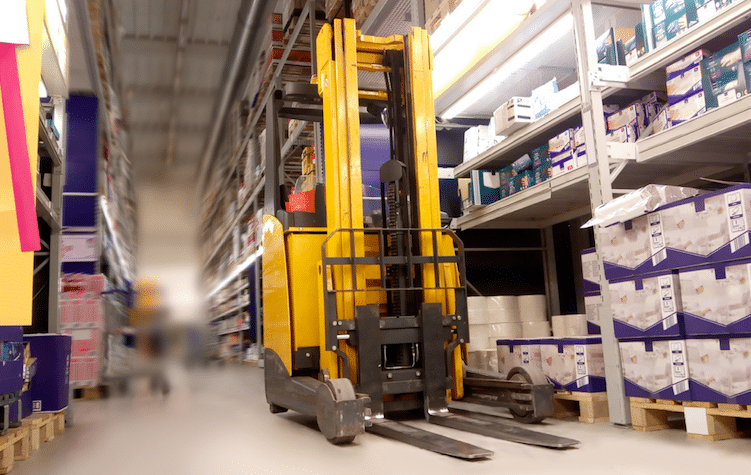As COVID-19 cases trend upwards again, the grocery supply chain is preparing for consumer buying surges. Shoppers have already increased purchases by 17% over pre-pandemic times, and the trend is expected to continue over the winter months as people stay home to avoid risk of infection. Here’s how the supply chain is getting ready.
Stockpiling for surges
Although grocers were unprepared for last spring’s panic buying, they have adapted inventory processes, foregoing lean-inventory strategies in favor of stockpiling high-demand products. To prepare for the spikes in demand due to COVID waves and the holiday rush, many have begun stocking “pandemic pallets” in their warehouses. Food Lion increased its inventory by 10%-15% overall while Hy-Vee is stockpiling cleaning and paper products. Others are stocking up on holiday goods, some securing turkeys and hams over the summer, well ahead of the normal holiday planning cycle.
Manufacturers, still trying to catch up from spring, can’t risk disruptions again. Many, including General Mills and Kellogg’s, plan to meet winter demand for household staples such as cereal, cake mixes, and soup by prioritizing top-selling products and limiting variety, with a goal of keeping at least some brands consistently available.
Understanding stockouts
Despite these preparations and a more prepared consumer base, shippers can expect to face shortages and issues with certain goods:
- Baking supplies will be in demand due to colder weather and the holidays.
- Canned soups will be a stock-up favorite due to easy preparation and shelf life.
- Soda pop and snacks should be available, but niche flavors will be harder to find.
- Spam inventory, currently 24% lower than usual, may not catch up with demand.
- Fresh perishables like produce and meat are at risk from import disruptions and processing plant shutdowns.
- Cleaning products, including sanitizing wipes and disinfectants, will remain in short supply.
- Paper towels will sustain a 15%-20% increase in demand, likely as a substitute for sanitizing wipes.
- Non-grocery items, including yarn, exercise equipment, snowshoes, games, puzzles, and RVs will be popular purchases for those looking for safe distractions this winter.
Applying seasonal factors
In addition to pandemic-related shortages, the usual seasonal factors that impact shippers still apply this year. Winter weather always has a significant impact. Predictions for a warmer winter this year could increase in-store traffic and demand for outdoor lighting and ornaments while reducing sales for winter clothing.
Walmart will also affect the supply chain with recent changes to their on-time and in-full (OTIF) program. To improve product availability for consumers, suppliers must now be 98% compliant (up from 70%) or pay fines of 3% of the cost of goods. This is a challenge for suppliers, who could face similar increases with other retailers.
Preparing for a long winter
Although the pandemic brings ongoing uncertainty, shippers have learned from the panic buying that emptied shelves last spring. Retailers and manufacturers have also adjusted their practices to better meet potential surges in demand. Combining these lessons with longstanding know-how about seasonal changes should help soften impacts on the supply chain this winter.

